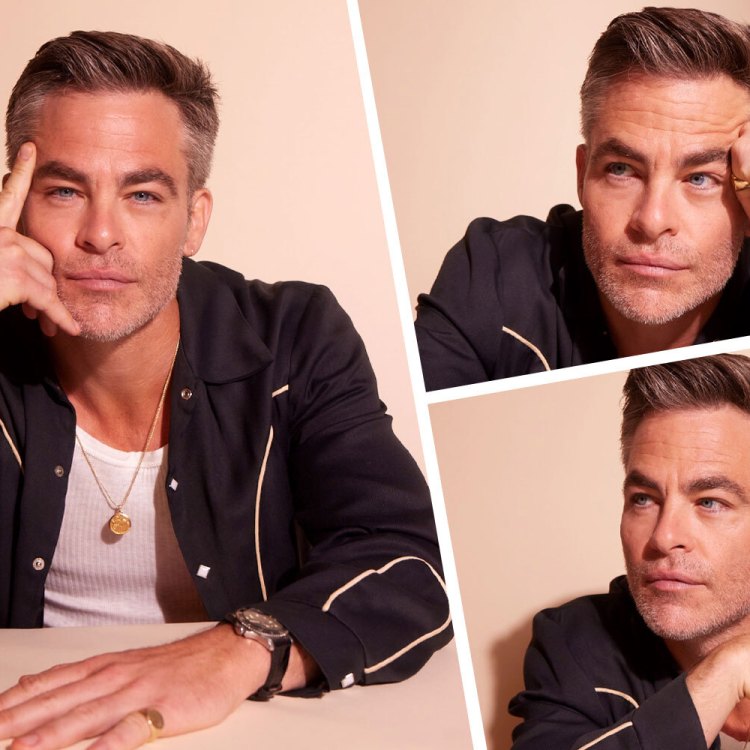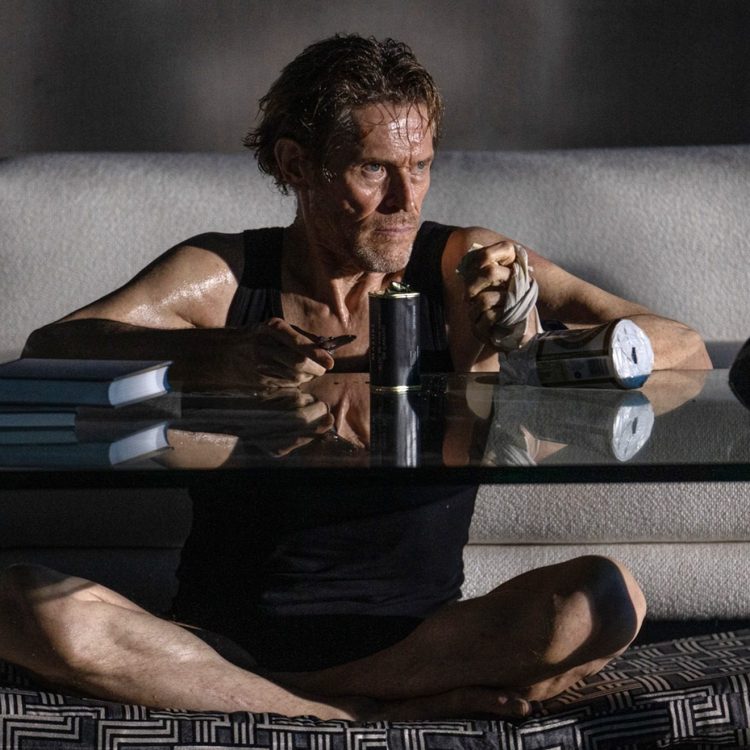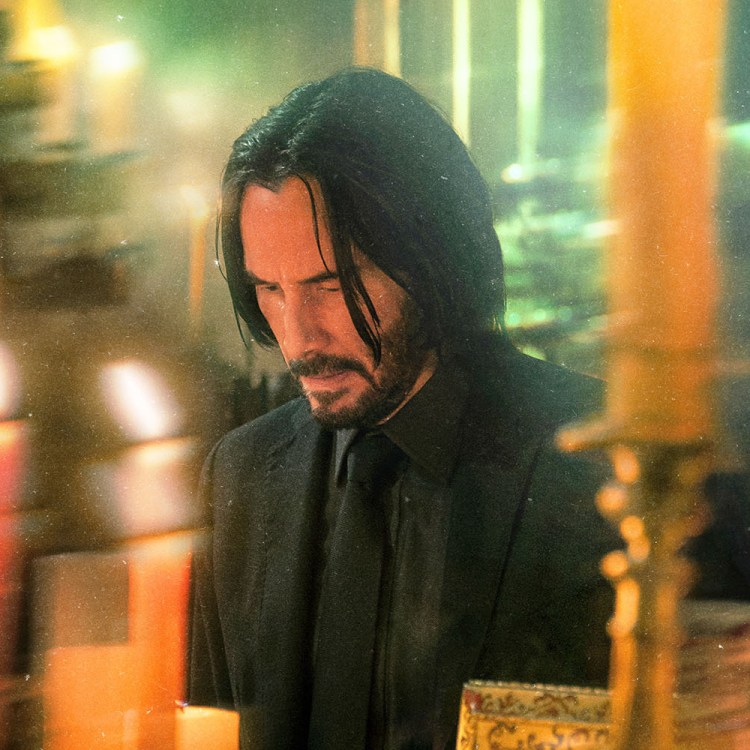“Marnie” was problematic before “problematic” was a thing.
Half a century before that word became the rallying cry of politically correct Twitterati, Alfred Hitchcock released his adaptation of the Winston Graham novel. Even in those unliberated, pre #MeToo days, it felt as twisted as a corkscrew.
And now, weirdly in an era in which Hitchcock’s own legacy is seen by many as sinister, it’s back.
Although the film wasn’t a hit in 1964, the story’s been getting a second chance. Hitchcock’s version received a special Film Society of Lincoln Center screening in September. This month, Nico Muhly’s 2017 opera, also based on the Graham novel, will play The Met.
It’s still unclear how much this production will align with the Hitchcock version. But even if it just reprises the story’s broad outlines, it’s going to be an odd evening of entertainment.
In the original movie, Marnie is a beautiful lady thief who gets caught helping herself to stacks of a handsome businessman’s cash. Instead of turning her over to the police, though, he blackmails her into marrying him. That’ll teach her.
Marnie isn’t just a thief, though. She’s also suffering from PTSD. Rainstorms send her into hysterics. So does the color red. And, she warns her new husband, don’t expect much of a marriage. She cannot – will not – allow a man to touch her.
So, on their honeymoon, he rapes her.
And this guy’s is supposed to be the movie’s hero.

It was bizarre to accept even then, and it’s especially hard now to imagine something that’s more out-of-step with our current, slowly wakening understanding of sexual harassment and toxic masculinity.
Except for, maybe, a few dozen more of the classic movies we all grew up on.
Think of other Hitchcock films, like “The Birds,” with its constant terrorizing of Tippi Hedren — until it finally, successfully, breaks her, leaving her mute and childlike. Or pictures like “Dial M for Murder” and “Frenzy,” which sexualize violence against women, or feature a graphic rape.
Can we still watch those movies, today, is precisely the same way we once did?
Think of Jimmy Cagney, shoving a grapefruit in Mae Clarke’s face in “The Public Enemy.” Cary Grant, pushing Katharine Hepburn down in “The Philadelphia Story.” John Wayne, spanking Maureen O’Hara in “McClintock!”
Or even think all those Marx Brothers movies, with Harpo chasing some screaming young woman around a desk. Or all the classic rom-coms, with a stubborn suitor acting in half-a-dozen ways that would probably bring a restraining order today.
It may seem silly to object so many decades later. But is it worse to not even notice?
And this is just the way the movies treated women. We’d need a lot more space and a lot more articles to talk about LGBT people, and African-Americans, and Hispanics and how filmmakers regularly stereotyped or insulted them.
Or simply, completely ignored them — creating a completely segregated world (and I don’t care how much you loved John Hughes movies) where everyone was white and straight and suburban and middle-class.
Of course, it’s unfair to condemn yesterday’s movies for not measuring up to today’s sensitivities. And it would be a crime if any kind of self-righteous hindsight deprived modern audiences of the glory of Groucho, or even the silly courtship comedy of a Doris Day movie.
We can appreciate stories even if we don’t agree with them. I still love “The Honeymooners,” even if Ralph Kramden regularly threatens to send his wife to the moon.
But even back then, didn’t anyone think any of this behavior was, well, “problematic”? That marital rape was, maybe, pushing things too far?
Evan Hunter did. The “Marnie” screenwriter — who also wrote mystery novels under the name Ed McBain — balked when Hitchcock first described “the honeymoon scene.” You lose all sympathy for the hero if you have him act like that, Hunter said. You can’t put this in the movie.
You don’t understand, Hitchcock said. This is the whole reason I wanted to make the movie.
Hunter wrote the script as ordered, but included a separate, alternate sequence without the rape, to show how the film could still work. Hitchcock promptly fired him, threw out the screenplay and hired someone else who’d write it the way he’d ordered.
Hunter was right, though: The scene didn’t work.
It made the husband – an unsympathetic character to begin with – look like a monster. And it revealed more, perhaps, than Hitchcock would have preferred – the director’s own, increasing obsession with violent rape, and a controlling, abusive relationship with his leading lady that had already begun to disintegrate.
“Marnie” has always had its loyal defenders, apologists who make excuses even for its ugly zooms, bad back-projection work, and unconvincing matte shots. (They’re “intentionally” unreal, you see.) And these fans see a quite different film – one with great sympathy for its heroine, and dark insights into twisted parenting.
And they’re right. That movie’s there, too.
But looking at “Marnie” now, with its scene of spousal sexual abuse, it’s also hard not to see a story that would have to be told very differently today – or maybe, simply, not told at all.
And to wonder whether that’s necessarily such a bad thing.
This article was featured in the InsideHook newsletter. Sign up now.






















